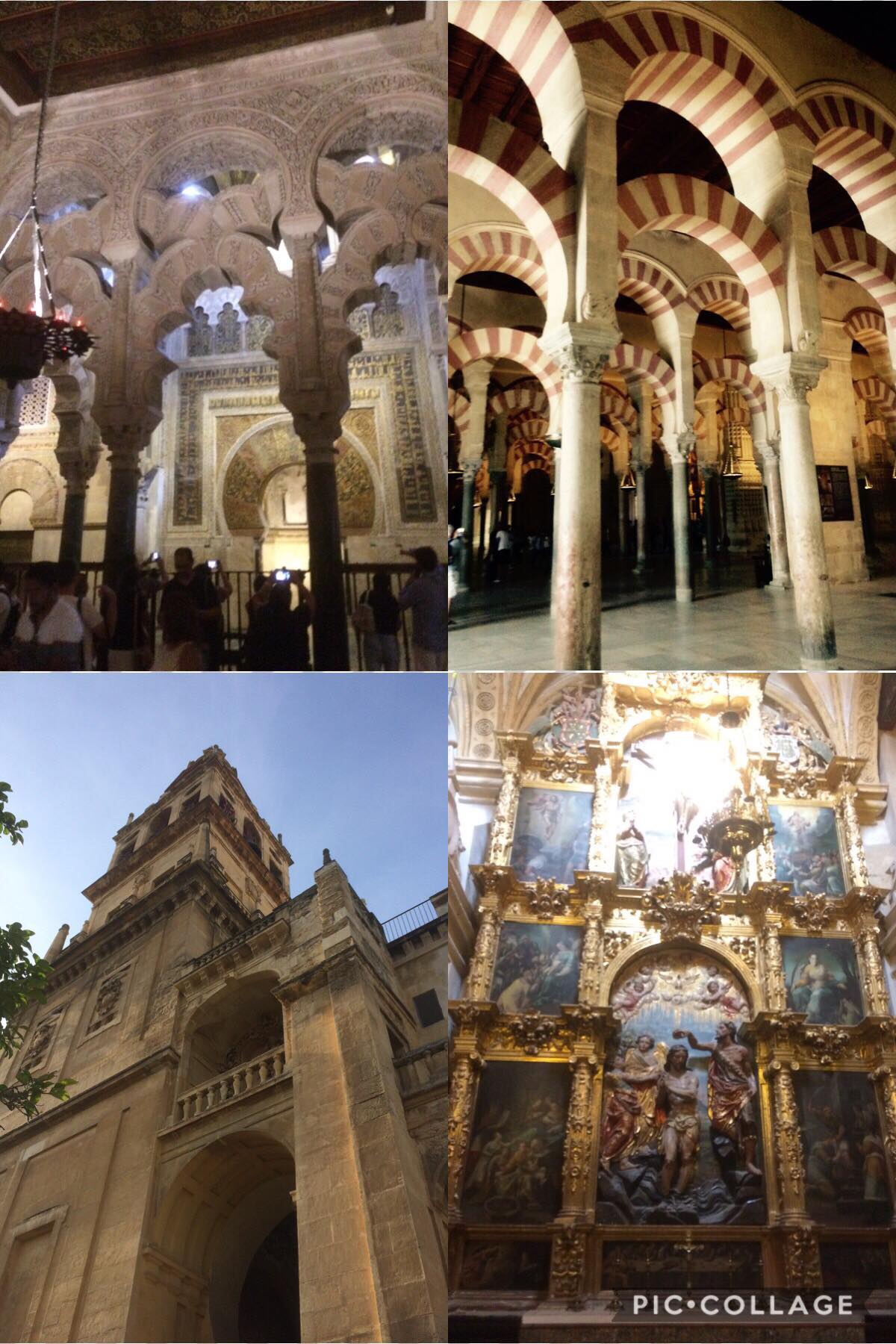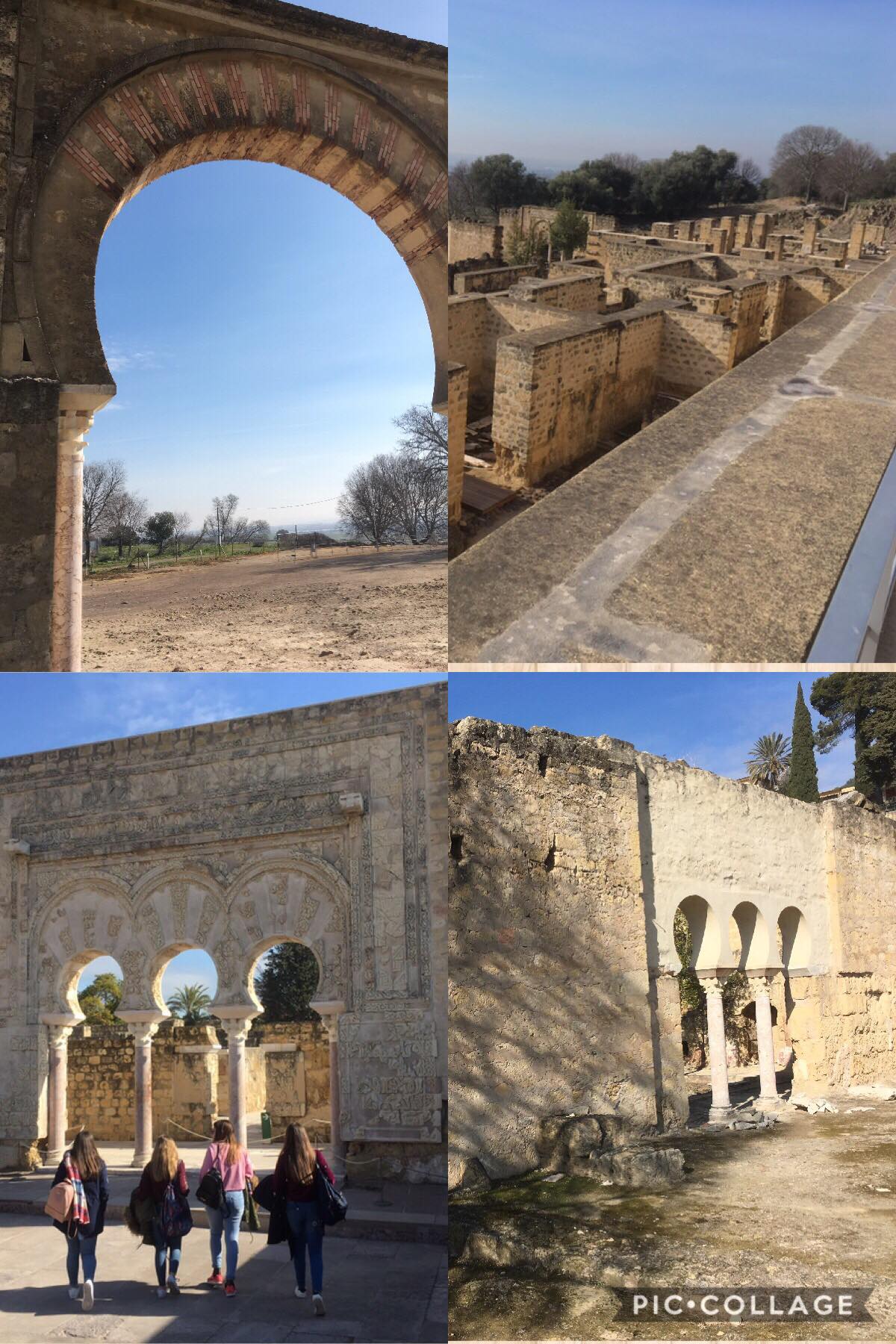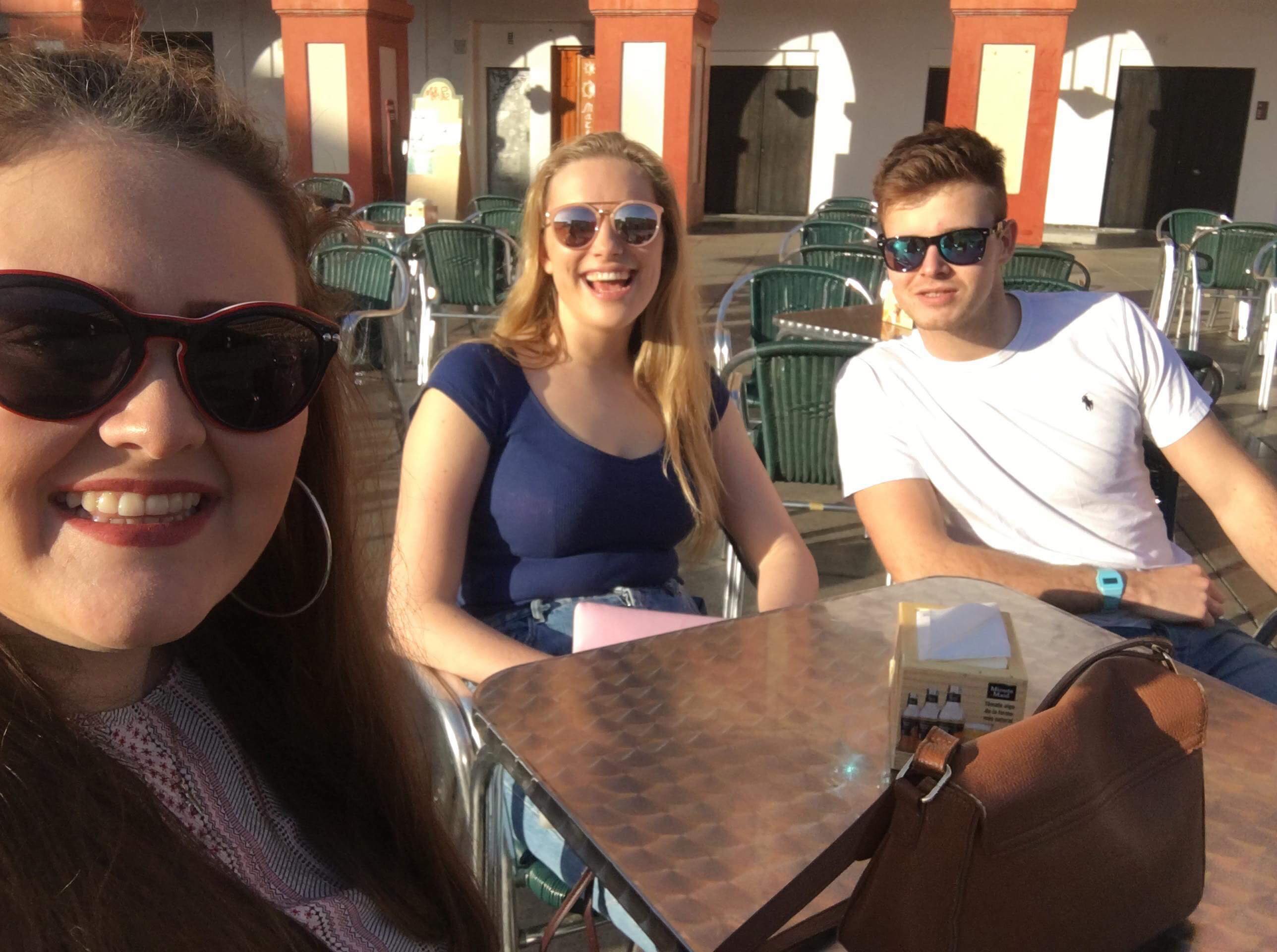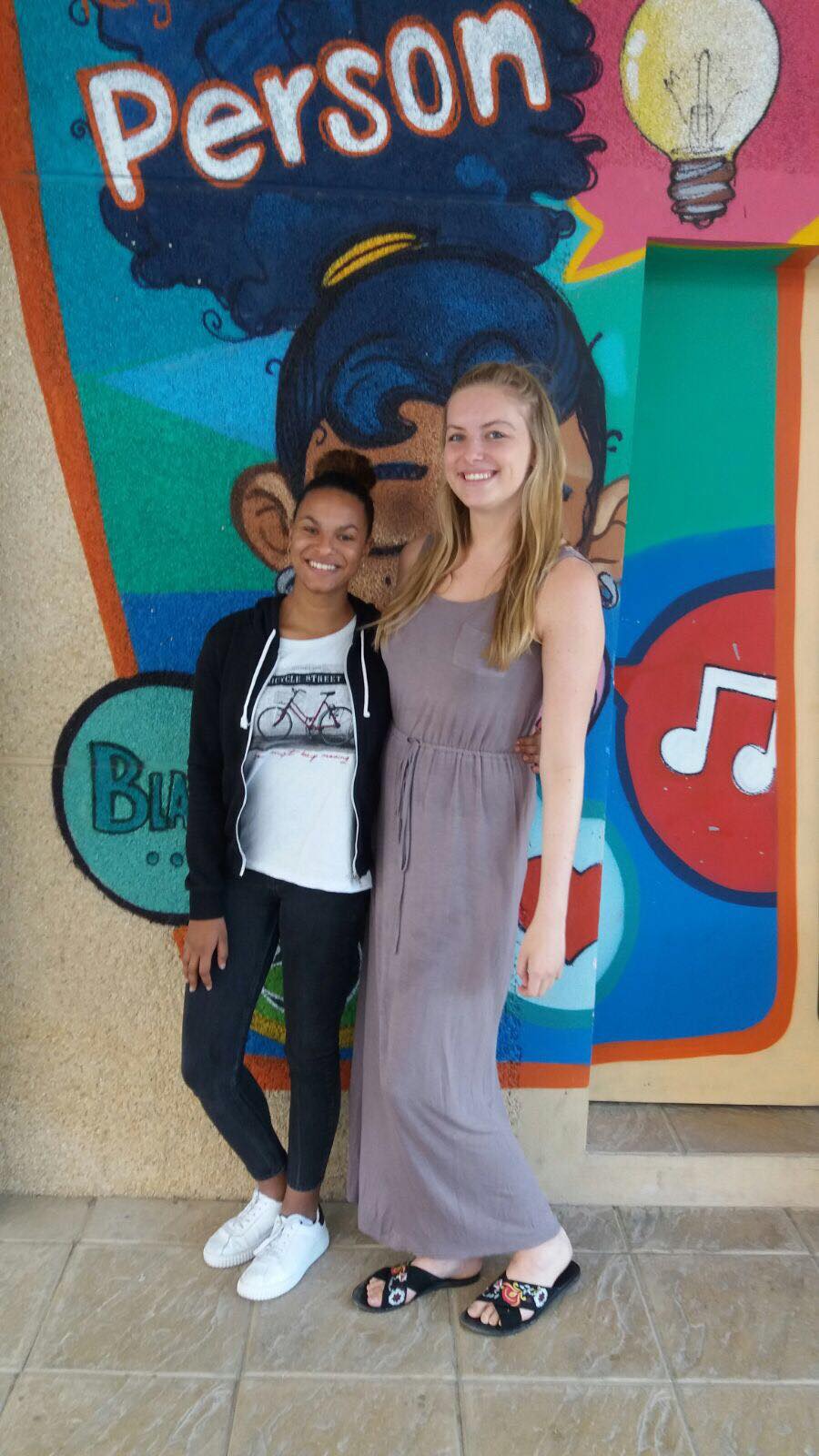La Herencia y Cultura de Andalucía
12 March 2018Andalucía is an amazing place to live. It is rich in culture and heritage and has a fascinating history. Granada, one of the most prominent cities in the region, played host to the last battle of ´La Reconquista´ before the invading Muslim army was expelled by the Christian kings. As a result, much of the ancient Arabic culture can still be seen in the region today.
Ciertos partes de España y Portugal formaba el reino del ´Al-Andaluz´ – el reino Musulmán. Entre 711 y 1492. Obviamente, esto era fatal para los reyes cristianos. Como consecuencia, ´El Reconquista´ de España empezó en el 722 y terminó en Granada en 1492 en una guerra final. Como consecuencia de esta época, podemos ver mucha influencia árabe en España; especialmente en Andalucía.
Córdoba, the city in which I am lucky enough to be spending this year, hosts two primary examples of the Muslim heritage which can still be viewed in Spain today. The largest tourist attraction in my beautiful city is ´La Mezquita´. This literally translates to ´The Mosque´, despite now functioning as a Catholic Cathedral and tourist hotspot. It plays host to architecture from different eras and still remains in excellent condition.
Los historiadores creen que se empezó a construir la mezquita en la época visigoda, en que se compartían el edificio entre musulmanes y cristianes. Sin embargo, en 784, los musulmanes lo compraron, y después de eso era una mezquita; hasta 1236 en la reconquista, en que los reyes cristianos construyeron la catedral en el centro del edificio.

Another key example of the Muslim heritage in Córdoba today is the ruins of the ´Medina Azahara´. This literally means ´the shining city´. This was home to the first ´Umayyad Caliph of Cordoba´ (muslim king) and housed the heart of the administration and government of al-Andalus. Based in the hills on the outskirts of Cordoba, the remaining structures of this ex-fortress/town can still be seen and reconstructions can be imagined.
Se empezó a construirlo entre 936 y 940. Mucha gente cree que el objeto de la construcción fue para demostrar la importancia y fuerza del califa. Dos califas diferentes vivían allí hasta 1010, porque fue una guerra civil en este año en que los musulmanes abandonaron la ciudad. Arqueológicos solo se han excavado y restaurado aproximadamente el diez por ciento de la ciudad, que incluye dos residencias calafates y muchos otros aspectos también.

Despite the strong Arabic heritage which can still be seen throughout Andalucía, many would view the region as one of the most ´Stereotypically Spanish´ of the country. Flamenco originates here. In the less touristy areas (including Córdoba), almost all shops and businesses close between 3 and 6pm so that the Spanish can have their daily siesta. The south contrasts greatly with the north, which many would view as more modernized and more in keeping with Europe as a whole rather than Spanish traditions.
La cultura andaluz es muy relajada. Cuando hace sol, la gente bebe y almuerce en las calles. Cuando hace mucho lluvia, la gente son más triste (en general, porque un gran por ciento de la cultura incluye disfrutar el sol). Se toman el almuerzo a las dos. Se toman la cena a las nueve por la noche (o más tarde, pero nunca más temprano).

It is this laid-back way of life that people tend to associate with the Spanish in general. Entering my sixth month of working in a school here, this laid-back way of life has been made clear. Unlike the shirt and tie uniform of British teachers, it is fully acceptable here for staff to wear t-shirts, jeans and trainers. Not only that, but the students do not wear a uniform and find the concept of a uniform crazy. They also address teachers by their first name. The whole environment is incredibly different to my English state school education.
En la realidad, me parecía muy raro cuando llegue en octubre, porque el sistema es muy diferente. No es una diferencia mala y todavía disfruto cada día de mi trabajo, no obstante fue extraño para empezar.

Last, but not least, it must be noted that the Andalusian culture is an enormously friendly one. With tourism playing such a large part in the region’s economy, Andalusians are totally used to the stereotypical clueless Brit Abroad and have a great level of patience for such. I personally think back to opening my bank account here. I had incredibly limited knowledge of the vocabulary required for this and hence had to have the very kind gentleman in Caixa Bank speak to me slowly and clearly. He did such without hesitation. Also from the first day at work, I began being greeted with a kiss on each cheek and genuine interest as to how I was settling in abroad. Whether this genuine friendliness is the culture within the region or the country as a whole I am unsure, but it is a wonderful part of it that makes us year abroad students lose a little bit of our hearts to this beautiful country.
KEY VOCABULARY – VOCABULARIO IMPORTANTE
Muslim – Musulmán
Certain – Cierto(s)
As a result – Como Consecuencia
War – Guerra
Historians – Historiadores
Mosque – Mezquita
Weird – Raro/Extraño
Kiss – Beso
Hug – Abrazo
Friendly – Agradable
- December 2025
- November 2025
- October 2025
- September 2025
- August 2025
- June 2025
- May 2025
- April 2025
- March 2025
- February 2025
- January 2025
- November 2024
- September 2024
- August 2021
- March 2021
- January 2021
- December 2020
- October 2020
- April 2020
- March 2020
- February 2020
- January 2020
- December 2019
- November 2019
- October 2019
- September 2019
- August 2019
- July 2019
- May 2019
- March 2019
- February 2019
- January 2019
- December 2018
- September 2018
- August 2018
- July 2018
- June 2018
- May 2018
- April 2018
- March 2018
- February 2018
- January 2018
- December 2017
- November 2017
- October 2017
- September 2017
- August 2017
- July 2017
- June 2017
- May 2017
- April 2017
- March 2017
- February 2017
- January 2017
- December 2016
- November 2016
- October 2016
- September 2016
- August 2016
- July 2016
- February 2016
- October 2015
- September 2015
- August 2015
- May 2015
- March 2015
- February 2015
- January 2015
- December 2014
- November 2014
- September 2014
- August 2014
- July 2014